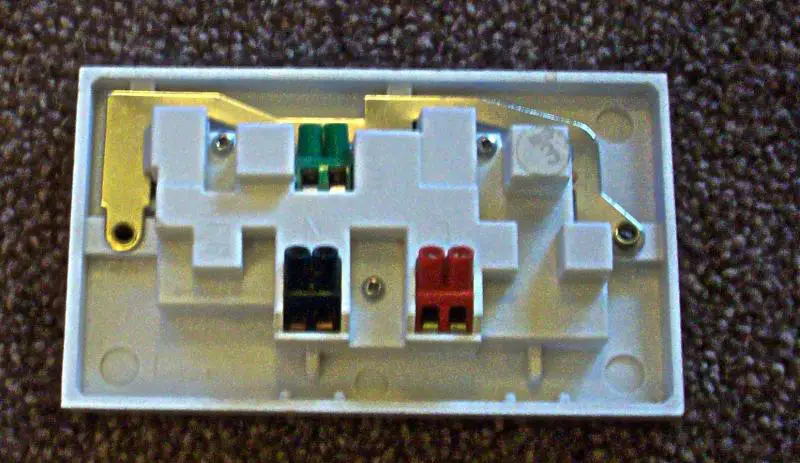To be fair it's an unnecessary distraction anyway. ... Unless double sockets come marked on the front with '20A max', then it is completely academic how they are wired behind. ... It's just an anomaly caused by trying to dream up logical rules for an illogical wiring practice called a ring final.
In common sense terms, you're right. In fact, there is another much-discussed anomoly - namely that it is 'allowed' to produce double sockets which cannot safely carry 2x13A loads, given that virtually no end-users will be aware that this is the case.
However, I don't think the actual issue is an 'unnecessary distraction'. I think it would probably be difficult to find an electrician who would be 'happy' (or, at least, who would regard it as compliant) to wire two single sockets to an unfused spur from a ring final - because of the (admitetdly only 'Informative') App 15 of the regs - even if they were mounted on a dual backbox. If the socket the OP has
does have separate terminals for the two sockets (hence the need to link them with a cable), then I suspect that many would regard that as 'two sockets', as far as App 15 is concerned. As I've already written, if they choose to ignore the guideline in App 15 (compliance with which would probably be a 'pretty good defence'!), they will be left with having to produce their own argument for having a 2.5mm² cable protected by a 30/32A OPD.
Kind Regards, John


